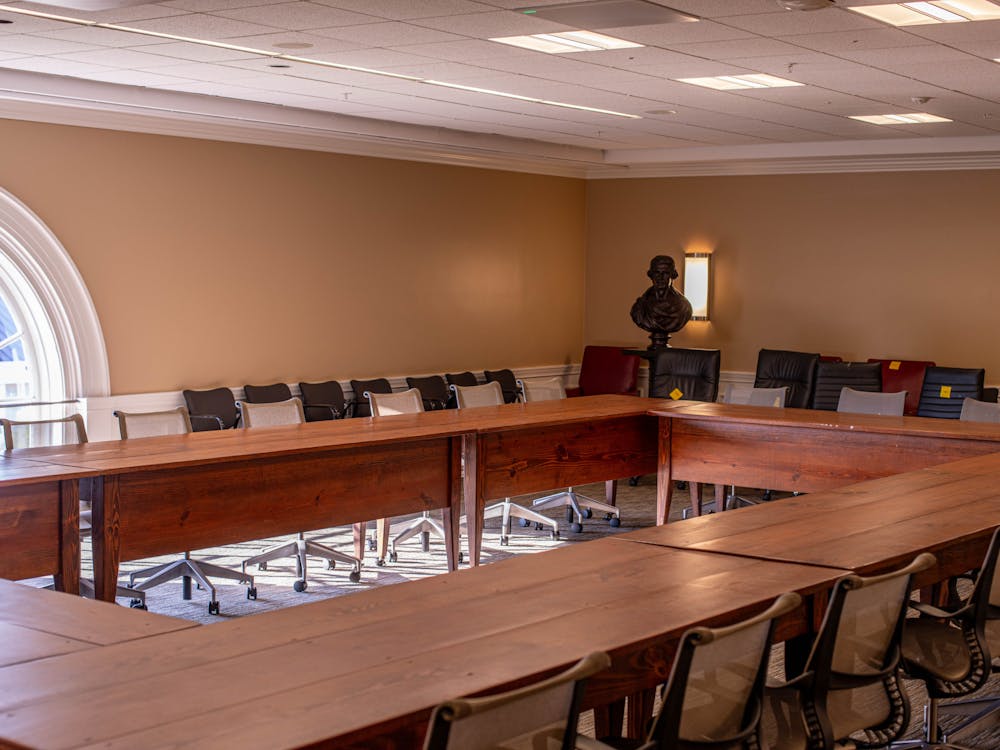Out-of-state students could face less of a hassle traveling to and from home thanks to Charlottesville-Albemarle Airport's plan to expand flight options.
The airport currently offers nonstop flights to Philadelphia, New York LaGuardia, Charlotte, N.C., Washington Dulles, Detroit, Cincinnati and Atlanta. Under the new plan, larger and more frequent flights will be offered to these locations, as well as Boston, Chicago, Orlando and Newark, NJ., according to the airport's executive director, Barbara Hutchinson.
In order to offer more frequent direct flights to major cities, the airport's runway must be extended 800 feet, Hutchinson said.
The runway extension, projected to cost $50 million or more, will serve larger regional 70-seat flights, instead of the 50-seat jets that currently fly into Charlottesville-Albemarle. Joseph Pickering, senior consultant for air service consulting group Mead & Hunt Inc., added that the addition of 90-seat jets and turboprop planes is also being considered.
Pickering said he believes that the Charlottesville air service market could support more nonstop destinations. According to Hutchinson, people can afford to travel and pay for convenience because of the affluent local economy.
Pickering added, however, that securing money for the runway is essential to the airport's plan since carriers will be reluctant to invest if there are restrictions. Hutchinson explained that during periods of warmer weather and humidity, jets are currently unable to take off fully fueled and loaded. This forces the airlines to leave seats empty and thus lose profit. With the extension, the airport would no longer have to restrict the number of passengers, allowing planes to take off filled to capacity.
Yet the main obstacle the runway project faces is funding, which the airport receives from the FAA and state grants. According to Hutchinson, the airport could come up with $25 million, but will need to find the additional funds.
"The question is not so much if it will happen as when it will happen," Hutchinson said. "Right now, the time frame is five to 10 years, but we are trying to work out innovative ways to have it completed within five years."
The airport is looking for alternative means of finding fill material for the runway in an effort to minimize cost, Hutchinson said, as the size of the budget is primarily due to the large amount of dirt required to smooth out the topography.
Hutchinson said that once construction does start, the airport will strive to minimize disruption of services and flights.
"Most of the work will take place on the least-used north end of the airport, and construction on the runway will only occur at night," Hutchinson said. "We don't anticipate any significant disruptions"






